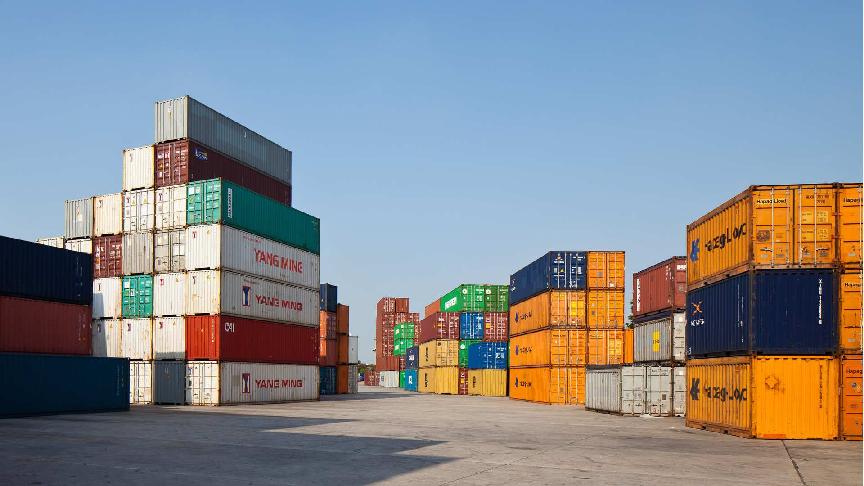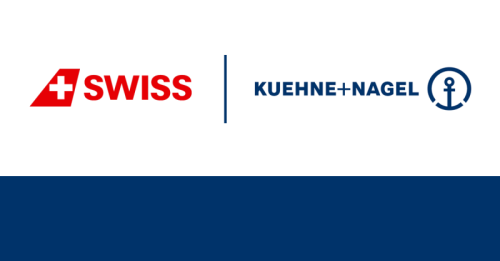18 September 2024 (Lloyd's List) - HAPAG-LLOYD’S fleet managing director says the German carrier is forging a path for a multiple fuel future as it moves ahead with a programme of alternative fuel retrofits, more vessel energy efficiency measures and newbuilding orders.
“No single fuel will be dominant in the Hapag-Lloyd fleet in 10 years’ time. There will be a mix of liquefied natural gas, methanol and if the mystery around it can be solved then ammonia too,” said Silke Lehmköster, who was appointed to her role at the fifth-largest containership operator in April.
Lehmköster is responsible for concluding a ship fleet efficiency programme, which launched in 2022. This includes increasing containership capacity, bulbous bow replacements, propeller upgrades and the application of resistance-reducing anti-fouling paint to most of Hapag-Lloyd’s existing owned vessel fleet to reduce CO2.
With the CO2 emission reduction programme (undertaken during regular vessel drydockings) expected to conclude in 2025, Hapag-Lloyd has begun the joint planning for the retrofit of five 10,100 teu, 10-year-old containerships for methanol dual-fuel operations. The project is being led by the vessel’s owner — tonnage provider Seaspan.
The first vessel is booked to have its MAN S90-type main engine converted during routine drydocking at a Chinese shipyard in early 2026. The operation on the lead ship is expected to take 90 days.
Lehmköster told Lloyd’s List that the considerable preplanning work for the retrofit, in partnership with Seaspan and MAN, is expected to take 12 months.
She said that Hapag-Lloyd is considering similar conversion plans for its owned fleet, learning from Seaspan’s retrofits.
“A lot of detailed pre-planning work must be undertaken to upgrade a conventional-fuel engine to operate on methanol. We also have to find a conversion yard in which we can trust to do a good job.
“With the five vessel conversions we are having close collaboration with Seaspan and the vessel’s main engine designer. We are interested in how everything works. From the first conversion we can train our own people for when we start to consider converting ships from our own fleet,” said Lehmköster.
The conversion of some of Hapag-Lloyd’s owned ships to operate on methanol is in the planning phase. Lehmköster noted that any vessels under consideration for conversion would have the same main engine type as the Seaspan ships and likely be no older than 10 years old.
While the key benefits to both engine conversions and efficiency measures appear relatively obvious, in terms of fuel savings and carbon emissions reductions, many challenges need to be considered.
These include the extended time a vessel is out of service, preparation of the drydock and ensuring all equipment arrives at the shipyard on time.
“On time delivery is not as easy as it used to be, engine spare parts supply can be a major bottleneck,” said Lehmköster.
She said that shipyard availability to undertake complicated retrofit projects is also becoming tighter, although Chinese shiprepair yards have been ramping up capacity to meet increased demand for both efficiency retrofits and engine conversions.
“We’re not the only company that needs yard slots and we have to have the slots at a specific time which may not always be available. But yards in Asia are gearing up big time.”
Lehmköster is confident that the learning curve from the main engine conversion of the first Seaspan ship will enable a significant reduction in out of service time for later ships.
Hapag-Lloyd took delivery earlier this month of the seventh in a series of 12 “mega” containerships from South Korean shipbuilder Hanwha Ocean, named Hamburg Express (IMO: 9943865).
A further two ships in the LNG dual-fuel series are due to be delivered by the end of this year, with the final three ships set for delivery in 2025.
The company also took delivery this year of a pair of neo-panamax vessels from China’s New Times Shipbuilding. A third ship of the same, conventional-fuel, design joined the fleet this year via a long-term charter from Greek tonnage provider Chartworld.
Hapag-Lloyd has ordered no newbuildings since 2021. However, the company appears set to embark on the ordering of a tranche of new dual-fuel ships as part of a fleet replacement and expansion programme.
The company is reportedly in negotiations with several Chinese shipyards for up to 30 new containerships.
“We have been in China looking at newbuilding possibilities” said Lehmköster who was unable to provide details on vessel capacity or shipyards but suggested that any newbuilding contracts could be signed by the end of this year.
These would also be for larger tonnage due to a lack of top-tier shipyards willing to build containerships of below 8,000 teu, she said.
Consequently, Hapag-Lloyd is cautious about retiring its older vessels built in the late-1990s or early 2000s, most of which are below 5,000 teu.
“We are looking at options for our older 1990s-built ships but in the current market we are hesitant to recycle.” Lehmköster cited a lack of suitable tonnage available from the charter market to replace older ships.







